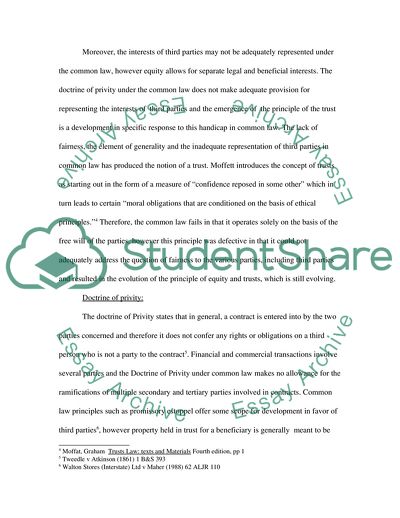Cite this document
(Trust Law Is Still Evolving Especially Where Constructive Trusts Are Case Study, n.d.)
Trust Law Is Still Evolving Especially Where Constructive Trusts Are Case Study. Retrieved from https://studentshare.org/law/1705762-trust-equity
Trust Law Is Still Evolving Especially Where Constructive Trusts Are Case Study. Retrieved from https://studentshare.org/law/1705762-trust-equity
(Trust Law Is Still Evolving Especially Where Constructive Trusts Are Case Study)
Trust Law Is Still Evolving Especially Where Constructive Trusts Are Case Study. https://studentshare.org/law/1705762-trust-equity.
Trust Law Is Still Evolving Especially Where Constructive Trusts Are Case Study. https://studentshare.org/law/1705762-trust-equity.
“Trust Law Is Still Evolving Especially Where Constructive Trusts Are Case Study”. https://studentshare.org/law/1705762-trust-equity.


